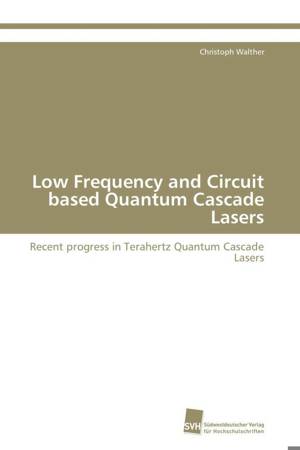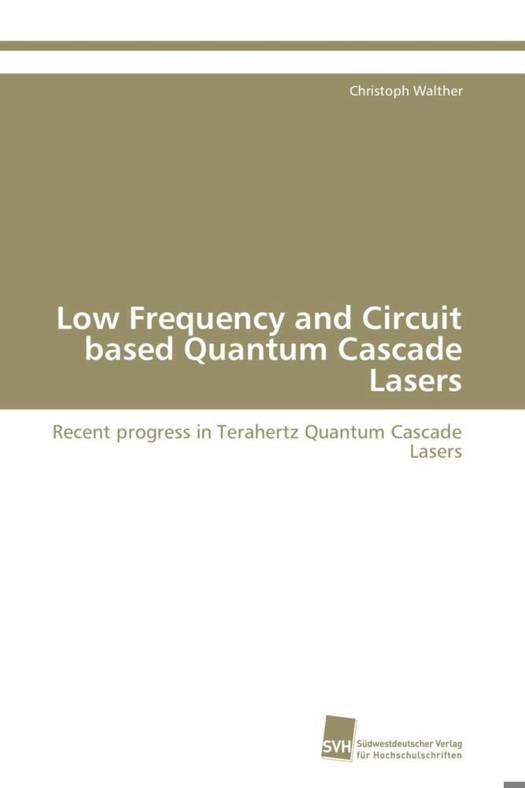
- Afhalen na 1 uur in een winkel met voorraad
- Gratis thuislevering in België vanaf € 30
- Ruim aanbod met 7 miljoen producten
- Afhalen na 1 uur in een winkel met voorraad
- Gratis thuislevering in België vanaf € 30
- Ruim aanbod met 7 miljoen producten
Zoeken
€ 98,45
+ 196 punten
Omschrijving
Quantum cascade lasers are unipolar semiconductor lasers based on intersubband transitions in quantum wells. They have shown laser operation from above 100 THz down to the terahertz region and are promising sources for the terahertz region (0.3-10 THz) which is lacking of efficient narrowband radiation sources. A low frequency quantum cascade laser design is developed that faces the emerging challenges when the photon energy approaches the broadening of the energy levels. A record lowest operation frequency of 1.2 THz is demonstrated. A hybrid laser-oscillator for the terahertz is developed in the second part of this work, consisting of an optical gain medium and an electronic resonator. The resonator is an inductor-capacitor resonant circuit. The so called circuit based laser has the property of being a deep sub-wavelength sized microcavity laser. The effective mode volume is among the smallest for electrically pumped lasers. The circuit based resonator in combination with an active region could lead to a class of new devices to generate and manipulate terahertz radiation that exploit cavity quantum electrodynamic effects.
Specificaties
Betrokkenen
- Auteur(s):
- Uitgeverij:
Inhoud
- Aantal bladzijden:
- 244
- Taal:
- Engels
Eigenschappen
- Productcode (EAN):
- 9783838128573
- Verschijningsdatum:
- 7/09/2011
- Uitvoering:
- Paperback
- Afmetingen:
- 150 mm x 220 mm
- Gewicht:
- 340 g

Alleen bij Standaard Boekhandel
+ 196 punten op je klantenkaart van Standaard Boekhandel
Beoordelingen
We publiceren alleen reviews die voldoen aan de voorwaarden voor reviews. Bekijk onze voorwaarden voor reviews.








